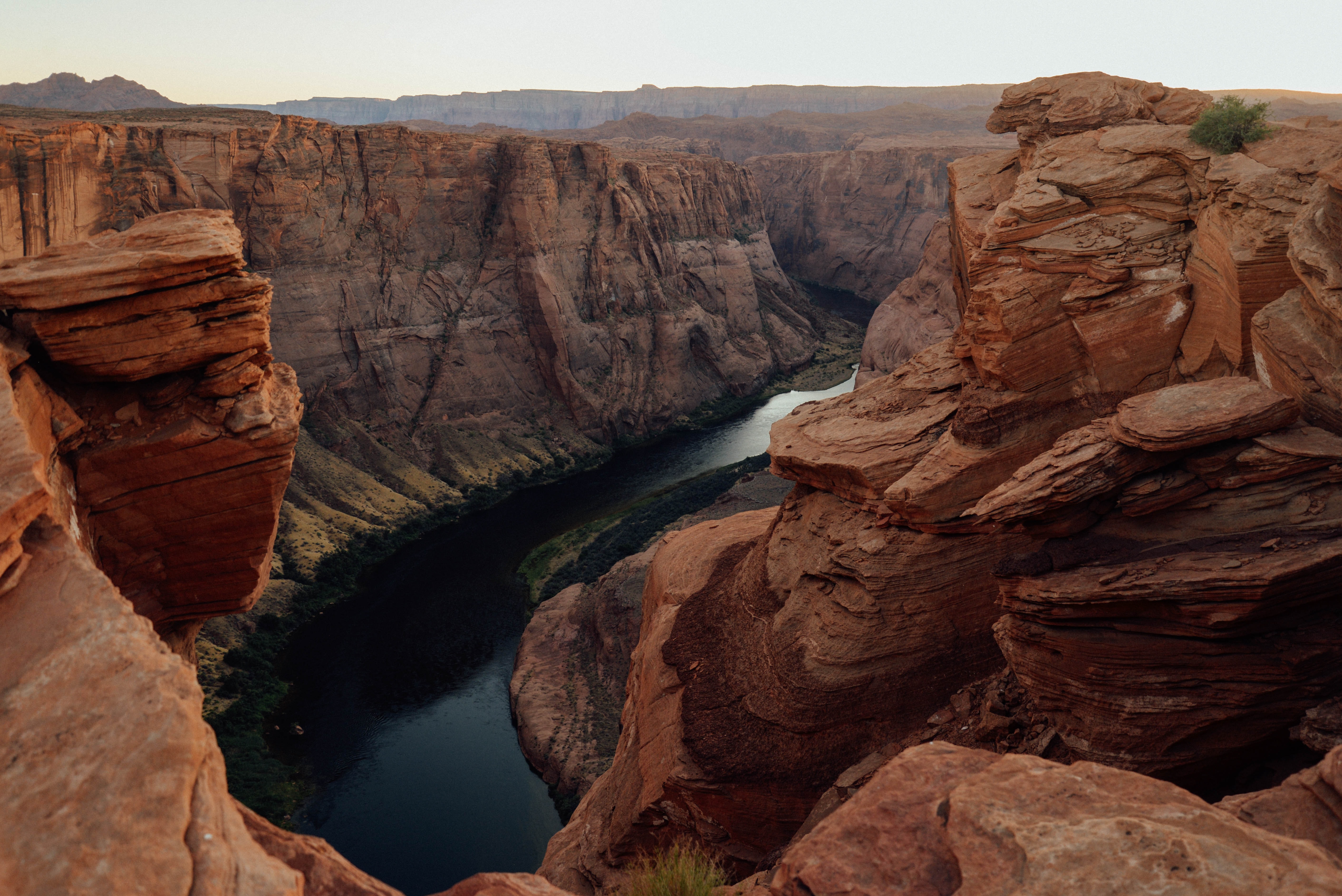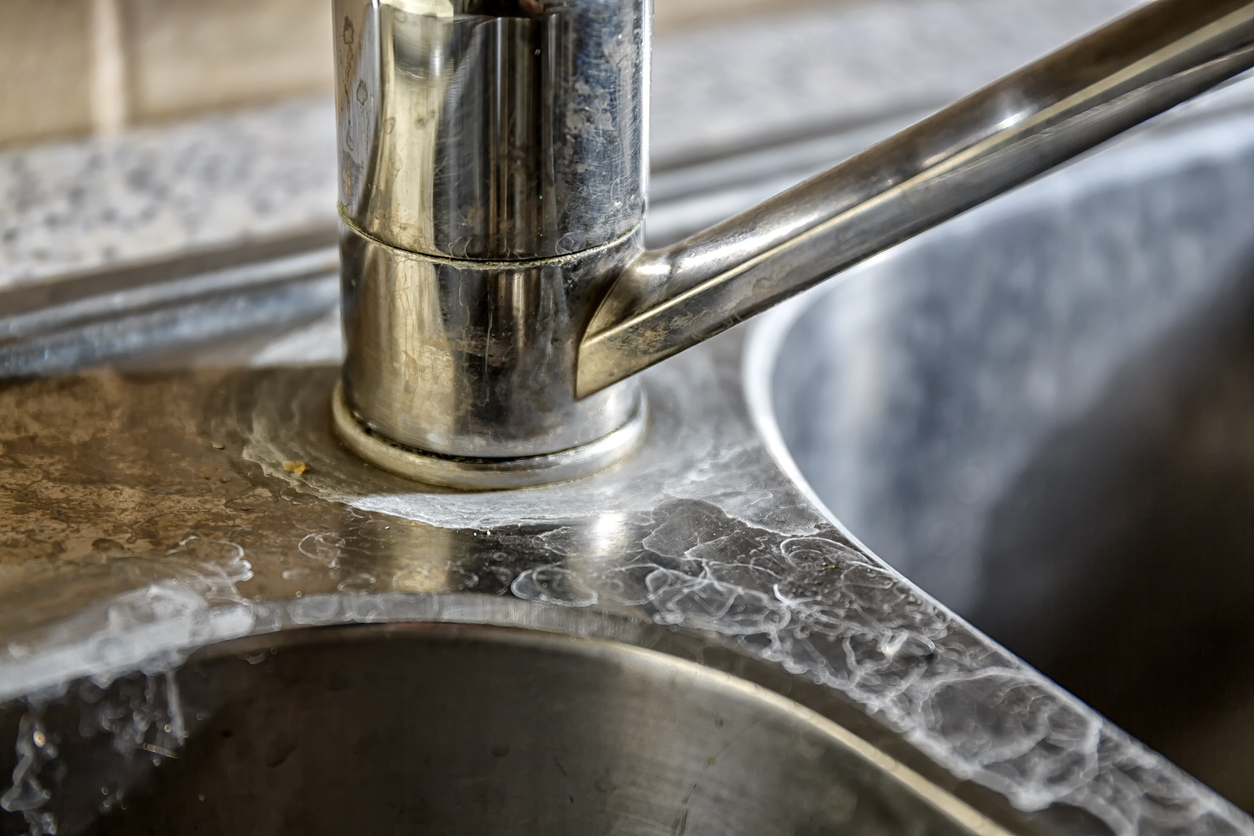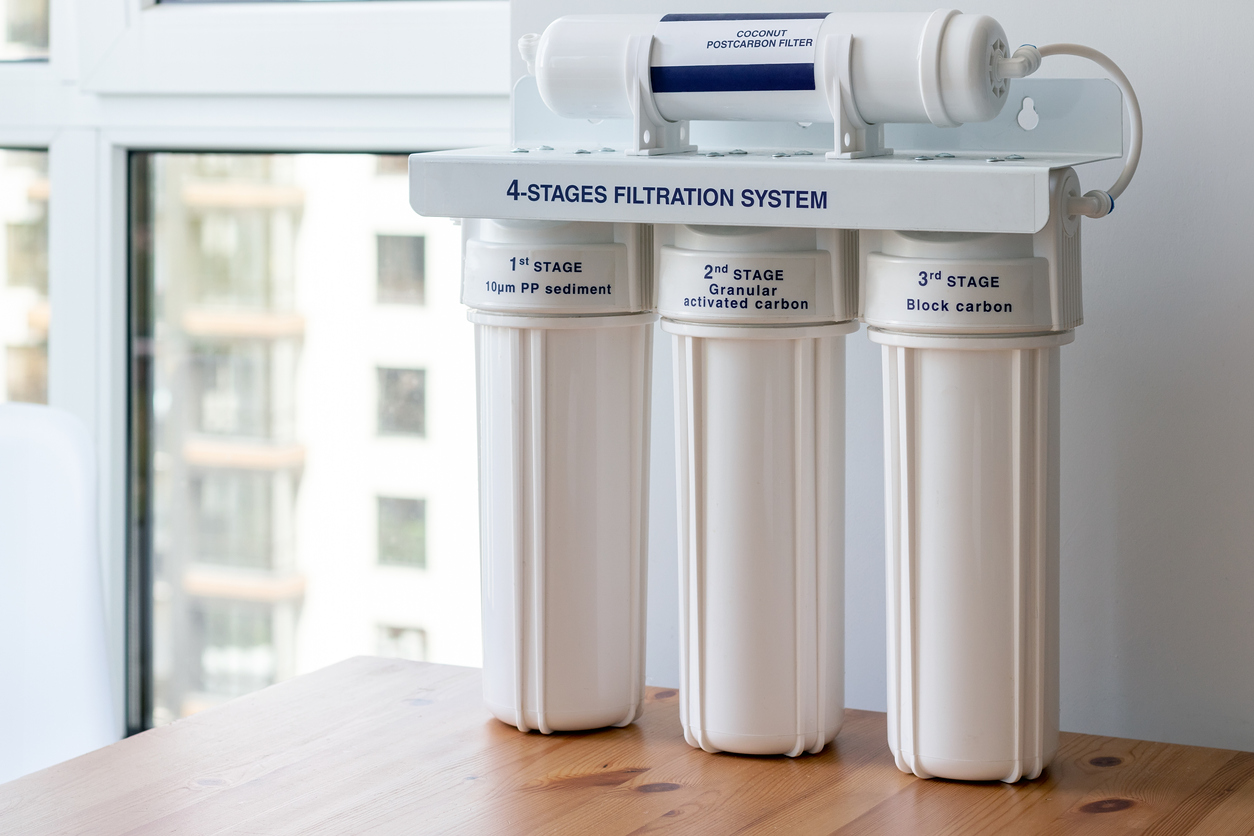We count it as a blessing that the quality of Arizona’s drinking water is, for the most part, good—especially when you consider that the supply of other American states is compromised by lead and other harmful contaminants.
But even without the threat of toxins, Arizona’s municipal water supply is still polluted by pharmaceuticals and dissolved minerals. The latter constitutes water hardness, which makes our home’s tap water unhealthy to drink and even bathe in; it also makes our appliances inefficient at washing our clothes and dishes.
Regardless, it is well understood that the Grand Canyon state has a hard-water problem, but thankfully, there are avenues for treating hard water in Arizona. Investing in a plumbing solution like a water softener or reverse osmosis system will purify your home’s water supply and, most importantly, safeguard your family’s wellness and hygiene for years to come.
Read on to learn more about how water hardness impacts your health and how hard-water treatment can help you weather our desert climate’s effects on your home’s water supply.

What is Hard Water?
But first things first: We must answer the question of what exactly hard water is. As we explained in our guide to water treatment systems, hard water is high-mineral water with high concentrations of calcium and magnesium bicarbonates. These extra minerals are dissolved solids and can be further described as limestone, chalk, and gypsum deposits.
If untreated, hard water can impact your quality of life—from drying out your skin and hair to running up your utility costs to staining your laundry to causing gastrointestinal illness.
How to Tell If You Have Hard Water
There are several telltale signs that your home runs on hard water. The most obvious ones are immediate to the senses. Off the bat, your home’s water supply may have extra mineral deposits if your water is tinged with color and tastes or smells “off.”
Other indicators of hard water also include limescale buildup around your faucets and water-circulating appliances (like your washing machine and dishwasher), frequent clogging and leaks from your plumbing, and a higher-than-normal water bill.
To learn more, read our “10 Signs Water Treatment is Needed in Your Home” blog.

Hard-Water Levels in Arizona
In terms of formal testing, water hardness is measured by grains of calcium and magnesium bicarbonates per gallon, and if the sampled water has more than 3.5 grains, it is classified as hard water. Considering that these concentrations may vary depending on the time of year, annual averages for hard-water levels in the Phoenix Metropolitan Area are as follows:
- Chandler, AZ: 16.5
- Gilbert, AZ: 9
- Glendale, AZ: 17.5
- Goodyear, AZ: 24
- Mesa, AZ: 17
- Peoria, AZ: 10.5
- Phoenix, AZ: 14.9
- Tempe, AZ: 13.9
As you might have already gleaned from the data, our area’s water supply is compromised well beyond the minimum requirement for being classified as hard water. While municipal water treatment exists to remove dissolved particles such as dust, parasites, bacteria, viruses, and chemicals from our local supply, there may still be inordinate levels of certain contaminants that linger in our home’s supply—including dissolved minerals, which is why it’s important that we take water treatment into our own hands.
How To Treat Hard Water in Arizona
Your friends in the business at Spencer’s TV & Appliance partnered with water professionals to design a line of dependable water treatment equipment suited especially for our Sonoran Desert water conditions. Since our valley’s water conditions are ever-changing, we chose a company that could provide a high level of service and technical knowledge. Enter: Envirotec.
With a reverse osmosis system from Envirotec, you won’t need to buy bottled water, which bodes well for the planet and your wallet. In terms of effectiveness, this water treatment system generates around five gallons of wastewater for every one gallon of filtered water. Often used in conjunction with carbon filters, reverse osmosis systems also have a slower filtration process compared to other water treatments.
It should be noted here that a reverse osmosis system is rarely used to treat water for the whole house. For one, it is not conducive for showerheads due to the stronger pressurization that is required. This is where Envirotec water softeners come in.
Whereas a reverse osmosis system is often placed under a kitchen or bathroom sink, a water softener is typically installed at the earliest possible point in your home’s plumbing system (e.g., water heater) to reduce hard-water levels. In fact, using a water softener in addition to a reverse osmosis system will protect the latter’s semipermeable membrane, making it last longer.
Our top-rated Envirotec Series is exclusive to Spencer’s, which is to say, you can trust us, and our promise is this: A high-quality water treatment system from Envirotec will outperform and outlast every discount option on the market. But most importantly, any Envirotec unit you purchase will provide years of quality water to your home and family.
Browse our catalog to shop Envirotec water treatment systems for your home.

FAQs About Hard-Water Treatment Systems
Before diving into our catalog, it may benefit you to check out these frequently asked questions regarding hard water treatment.
What causes hard water in Arizona?
Causes for hard-water levels can vary depending on geographical location. With only seven inches of annual rainfall in the Phoenix-Metropolitan Area, you can imagine why surface water cannot be the sole source for our municipal supply.
As such, most of our homes’ water comes from the Colorado River and groundwater sources known as aquifers. In terms of the latter, groundwater is extracted from Black Mesa and Navajo aquifers using wells, and depending on the location and depth of the well, grains of calcium and magnesium bicarbonates may oversaturate the extracted supply.
In addition, because copper mining is a major trade for our state, industrial minerals like limestone, sand, gravel, gypsum, and clay may be found in abundance within these aquifers.
What is the difference between a reverse osmosis system and a water softener?
To put it simply, a reverse osmosis system is designed to purify your water while a water softener reduces hardness in your water. That said, a reverse osmosis system can also soften your home’s water supply, as the filtration process reduces salts and minerals, among other impurities.
Furthermore, reverse osmosis systems feature a semipermeable membrane to filter your water and diminish nearly all contaminants and minerals. By contrast, water softeners rely on ion exchange to replace minerals that cause your water to be hard with sodium or potassium, thereby softening your water.
Overall, reverse osmosis systems are less efficient than water softeners, so they’re usually installed at a single point-of-use, like a kitchen sink, rather than to be used for the whole house.
How does a reverse osmosis system work?
In a reverse osmosis system, water is forced through a pre-filter to remove sediment and chlorine, and then it passes through a semipermeable membrane to remove dissolved solids. Before it rushes out of a dedicated faucet, the water exits through a post-filter for a final polishing.
While the membrane is the focal point of a reverse osmosis system, this purification method can differ in the number of filtration stages. In fact, they can be made up of three, four, or five stages of filtration.
At the very least, every reverse osmosis system contains a sediment filter (to reduce particles like dirt, rust, and dust), a carbon filter (to reduce contaminants that give water a bad taste or odor), and a semipermeable membrane (to remove up to 98 percent of dissolved solids).
Four-, five-, or six-stage systems may have one or more of the sediment or carbon filters, which are called either pre-filters or post-filters, depending on whether the water passes through them before or after it goes through the semipermeable membrane.

NOTE: We advise you to seek the opinion of your primary care physician if you experience health-related symptoms you believe may be linked to your home water supply.
Let Us Help You
For more information, be sure to check out our blog series on water treatment. And if you have any questions about our Envirotec product line, feel free to reach out to your friends in the business at Spencer’s TV & Appliance. We are proud to have served the Phoenix area for over 47 years. Call or visit any of our 10 locations today!